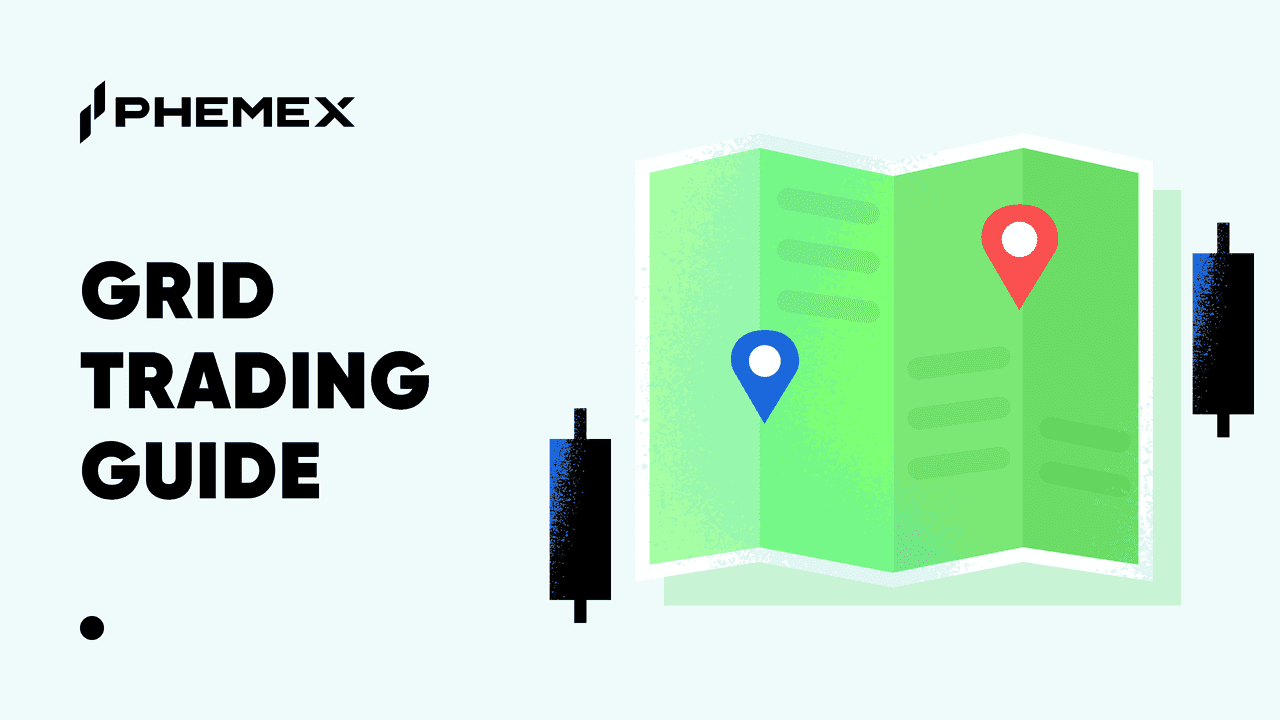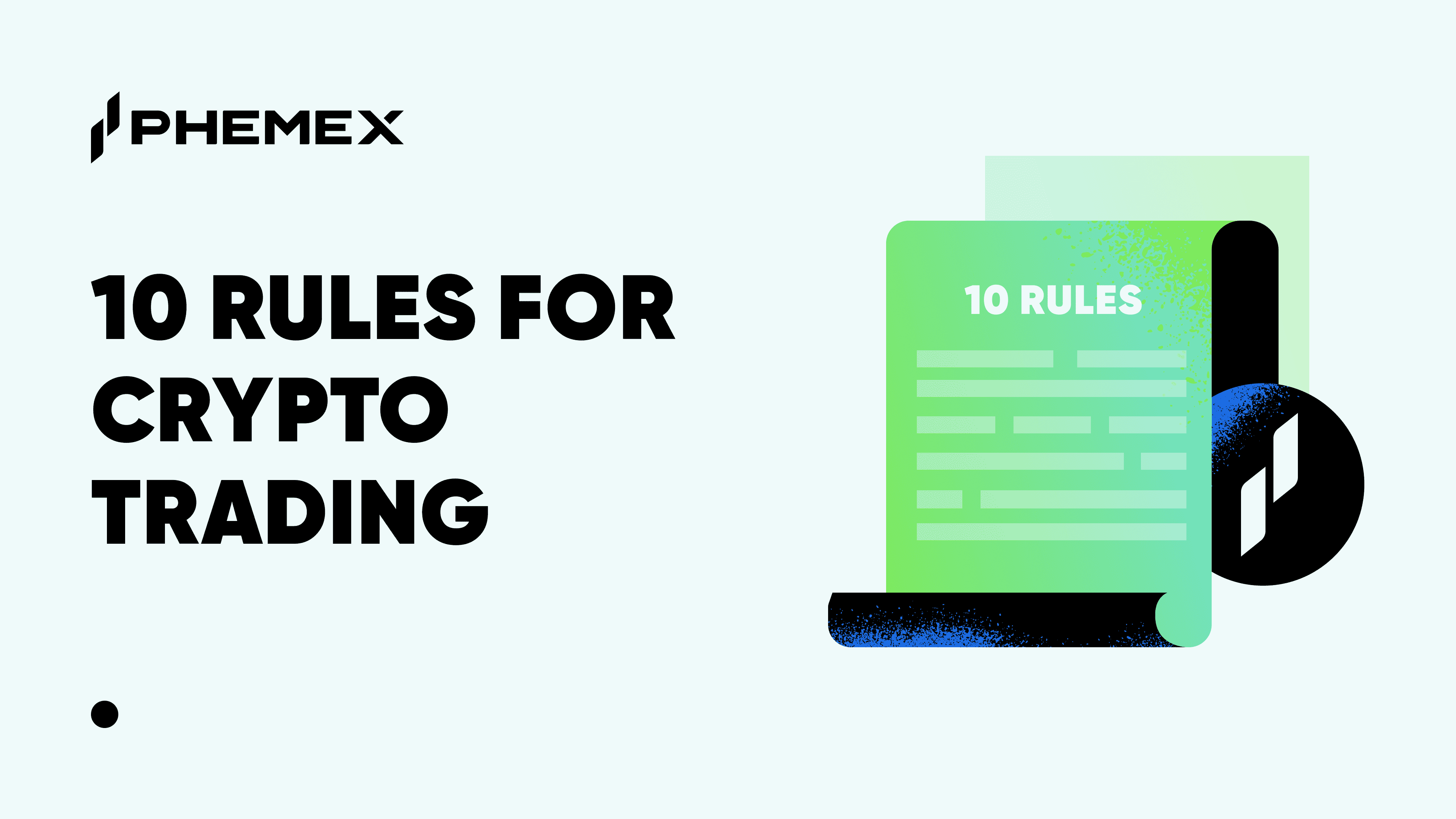What is a Strangle?
A strangle is an investment strategy involving options, where an investor holds a position in both an out-of-the-money (OTM) call and an OTM put, which have different strike prices but the same expiration date.
If an investor opts to sell both the call and the put option, it's termed a short strangle. The ideal outcome of a short strangle is when both options expire without value, allowing the investor to retain the full premium received from selling the options as the maximum profit.
Conversely, purchasing both the call and the put option creates a long strangle. The optimal result for a long strangle occurs when the stock price makes a significant move beyond one of the strike prices, upward or downward. The investor can then sell the strangle for a price higher than the initial cost, leading to a potential profit that varies based on the stock's movement.
Long Strangle Strategy
A long strangle strategy has a clearly defined risk, with the maximum potential loss being the total premiums paid for both the call and the put options. As the options are on opposite sides of the trade, it is common for one to gain value while the other may lose, depending on the stock's price movement.
Even before the expiration, a long strangle can turn a profit if there's a sizable stock price movement, although both options could lose extrinsic value with every passing day if the stock remains stagnant.
To be profitable at expiration, the stock price must move beyond one of the strike prices by an amount greater than the total premium paid for both options. Therefore, holding a long strangle until expiration is generally considered a low-probability trade in terms of achieving profit.
Short Strangle Strategy
The short strangle is an options strategy where the trader sells an out-of-the-money call and an out-of-the-money put, usually on the same underlying asset and with the same expiration date. This position is considered to have undefined risk because there is no cap on the potential loss on the call side, as the stock could theoretically rise indefinitely. Similarly, while the put side's loss is limited by the stock's price dropping to zero, the call side exposes the trader to the risk of covering 100 shares of stock for each call sold.
In the short term, the two options in a short strangle may move in opposite directions in terms of profitability, particularly with significant price swings in the underlying stock. The call option could lose value as the put option gains, and vice versa.
A short strangle can be profitable before its expiration if the stock price remains relatively stable or if there's a decrease in implied volatility, which typically leads to a reduction in option premiums. The decay of extrinsic value over time, or time decay, also works in favor of the seller in a short strangle.
For a short strangle to reach maximum profitability at expiration, the price of the underlying stock must remain between the two strike prices, leading to both options expiring worthless and the seller keeping the entire premium received initially.
Strangle vs. Straddle
Both the strangle and the straddle are options strategies that involve selling a call and a put. The primary distinction lies in the strike prices of the options used. A straddle uses at-the-money (ATM) options, while a strangle uses out-of-the-money (OTM) options.
For instance, with stock ABC trading at $10, a short strangle could involve selling a call with a $12 strike price and a put with an $8 strike price. In contrast, a short straddle would involve selling both a call and a put at the $10 strike price.
Both short strangles and straddles carry undefined risk, which means the maximum possible loss is not predetermined when the trade is placed. Conversely, long strangles and straddles have a defined risk; the most the trader can lose is the total premium paid for the options.
How does a Strangle work in options trading?
In options trading, a strangle strategy is executed by simultaneously buying or selling an out-of-the-money call and an out-of-the-money put on the same underlying security with the same expiration date. A short strangle involves selling both options and is profitable if the underlying asset's price remains between the two strike prices, benefiting from time decay or a decrease in implied volatility. The maximum profit is limited to the premiums received minus transaction costs, but the potential loss is unlimited if the market moves significantly beyond either strike price.
Conversely, a long strangle involves buying both options and profits if the underlying asset's price moves significantly past either strike price, due to a sharp price move or an increase in implied volatility. While the profit potential is unlimited if the market makes a strong move, the maximum loss is capped at the total amount spent on premiums.
Risks of trading strangle options
Highly dependent on volatility and catalysts
Strangle options strategies are sensitive to market movements and volatility because they involve out-of-the-money options, which need a substantial price change to become profitable. Traders using strangles should have a keen understanding of market timing and anticipate significant events or news that could trigger the required volatility for the strategy to succeed.
Not a beginner-friendly options strategy
Strangles are considered complex due to their exclusive use of out-of-the-money options, which are subject to rapid value decay as expiration approaches—known as theta decay. This characteristic makes strangles particularly risky for novice traders who may not have the experience to select appropriate strike prices and expiration dates, risking significant premium losses if the anticipated market move does not occur.
Read More
- What Is Options Straddle: Maximizing Trading Profits
- What is Butterfly Spread Options & How do they Work?
- Call vs Put Options Explained: What’s The Difference?
- What are Crypto Options & How do They Work?
- Iron Condor vs. Iron Butterfly: How to Make the Most from Your Options Trade
- How to Implement Swing Trading Strategies
- What Is The Wheel Strategy in Crypto Trading?
- What is Swing Trading in Crypto & How does it Work?







